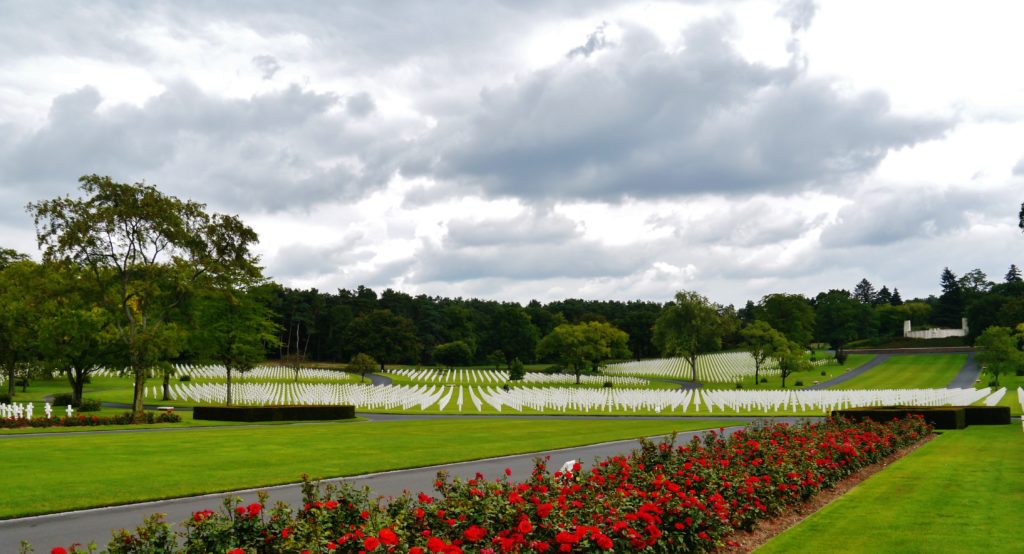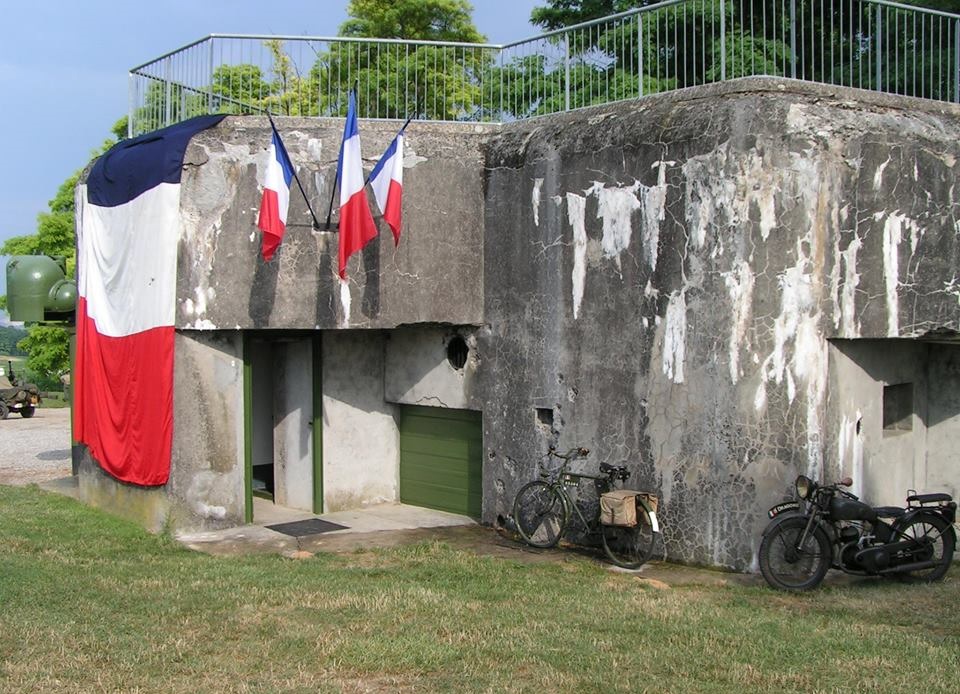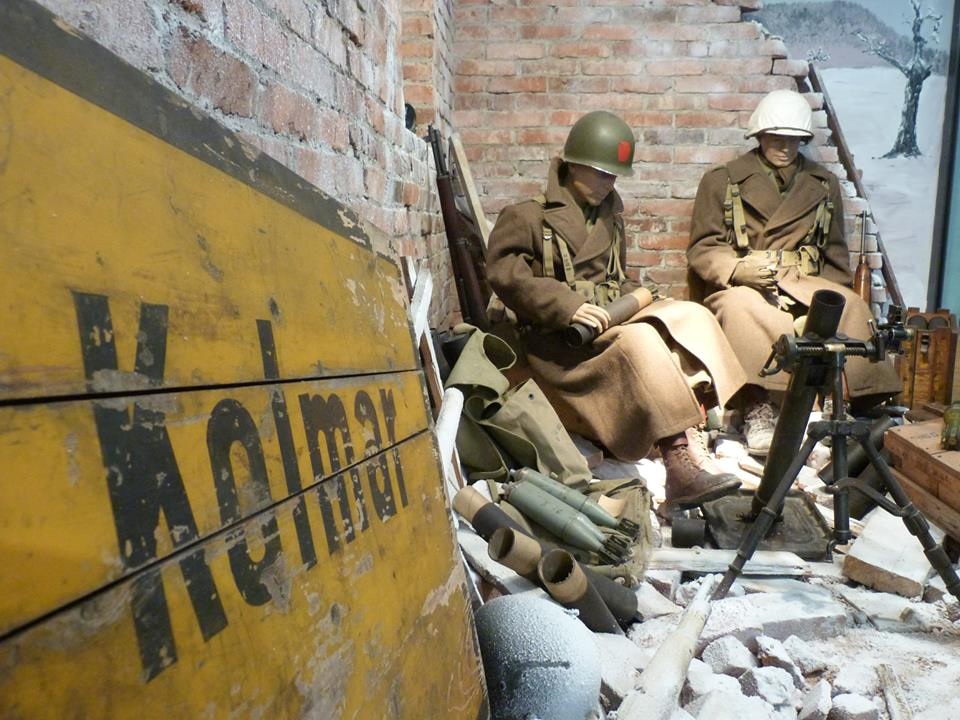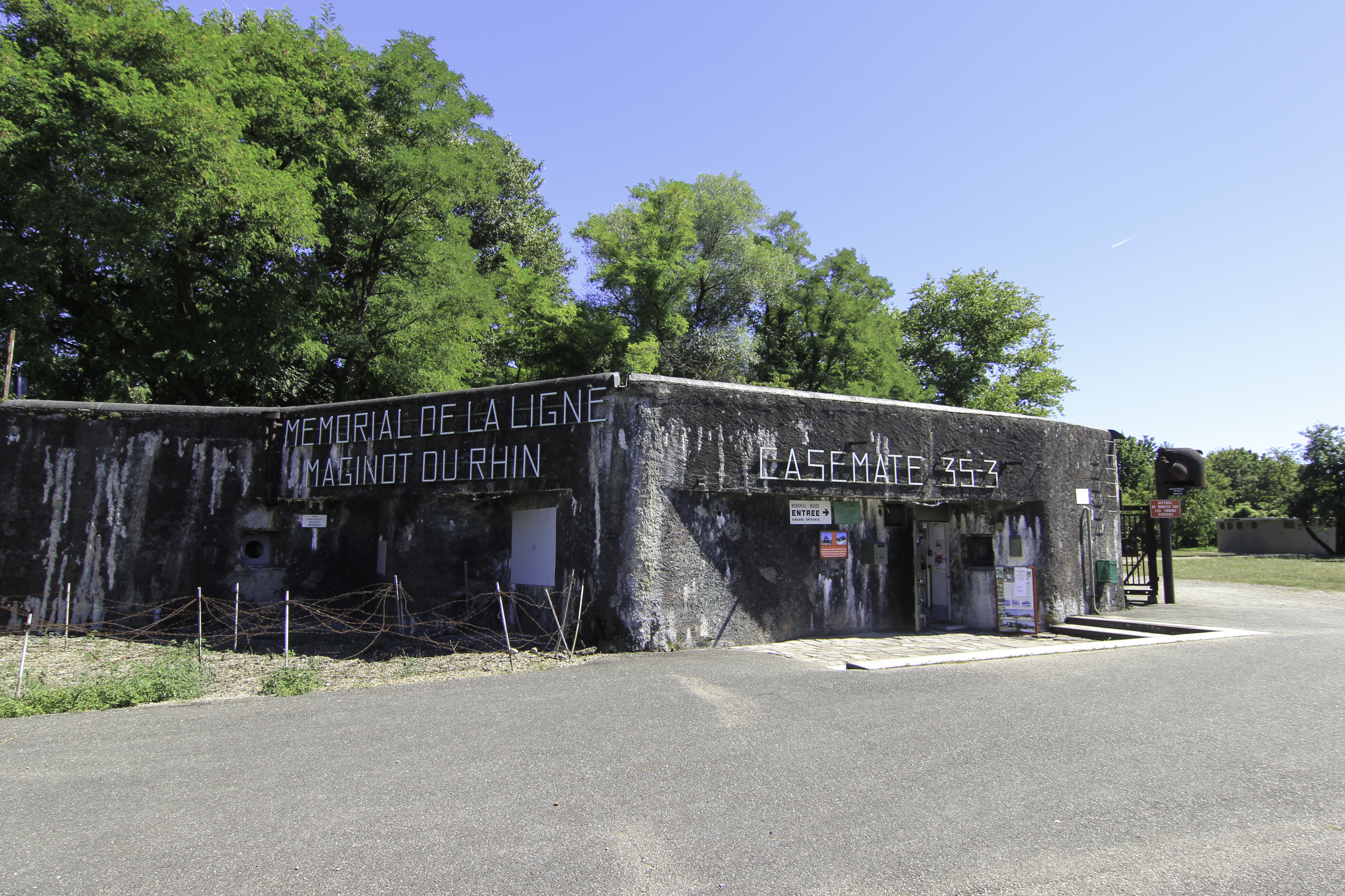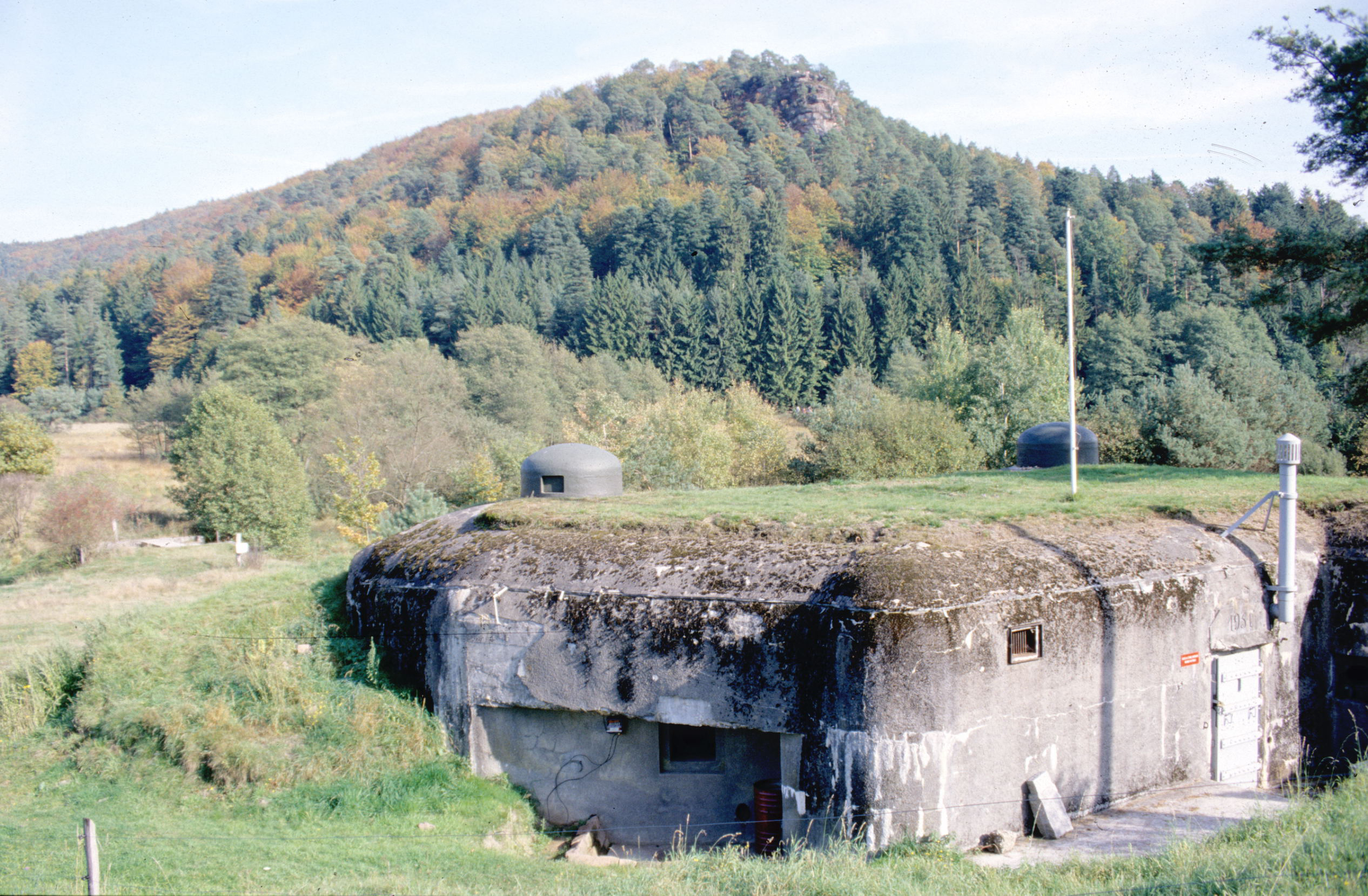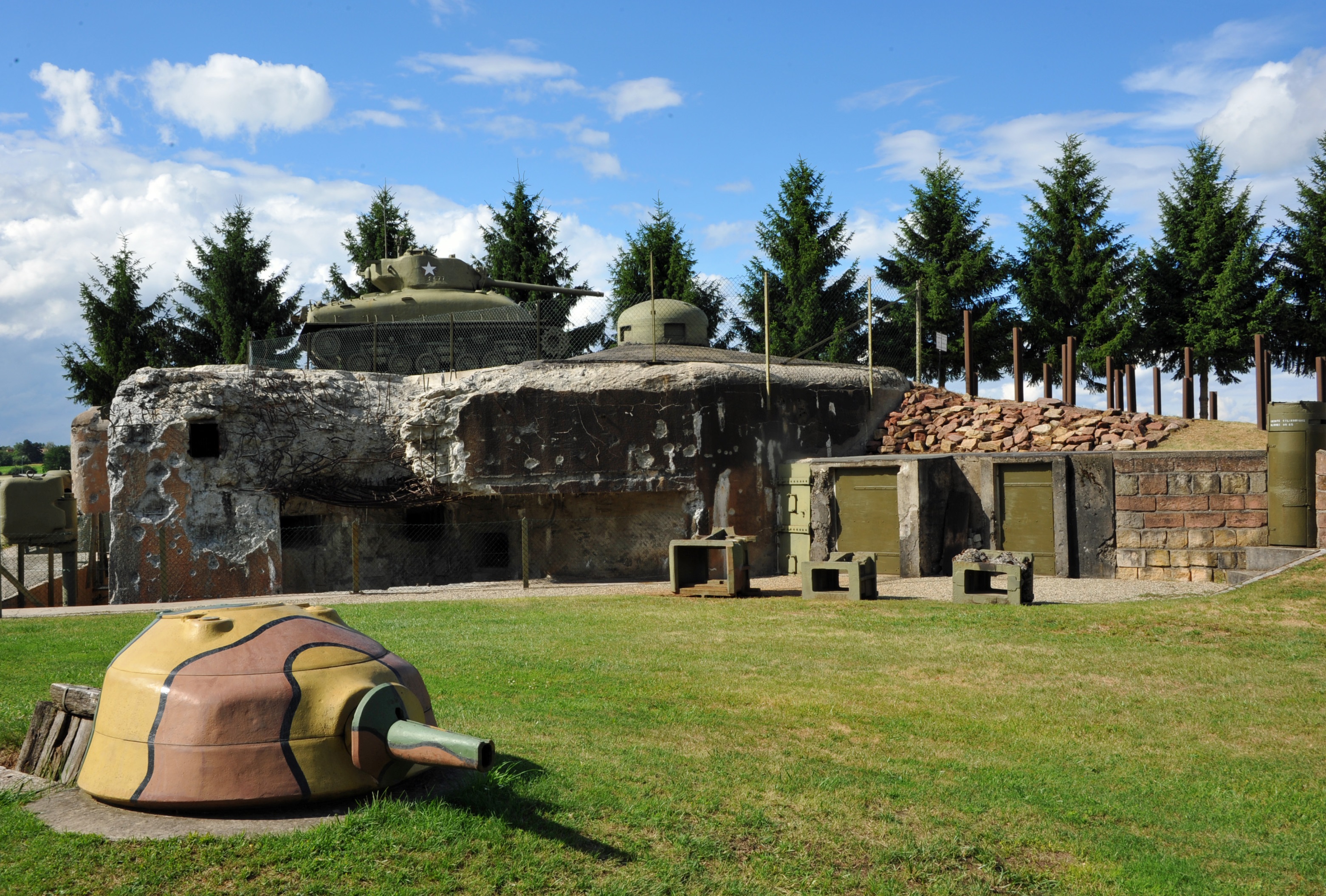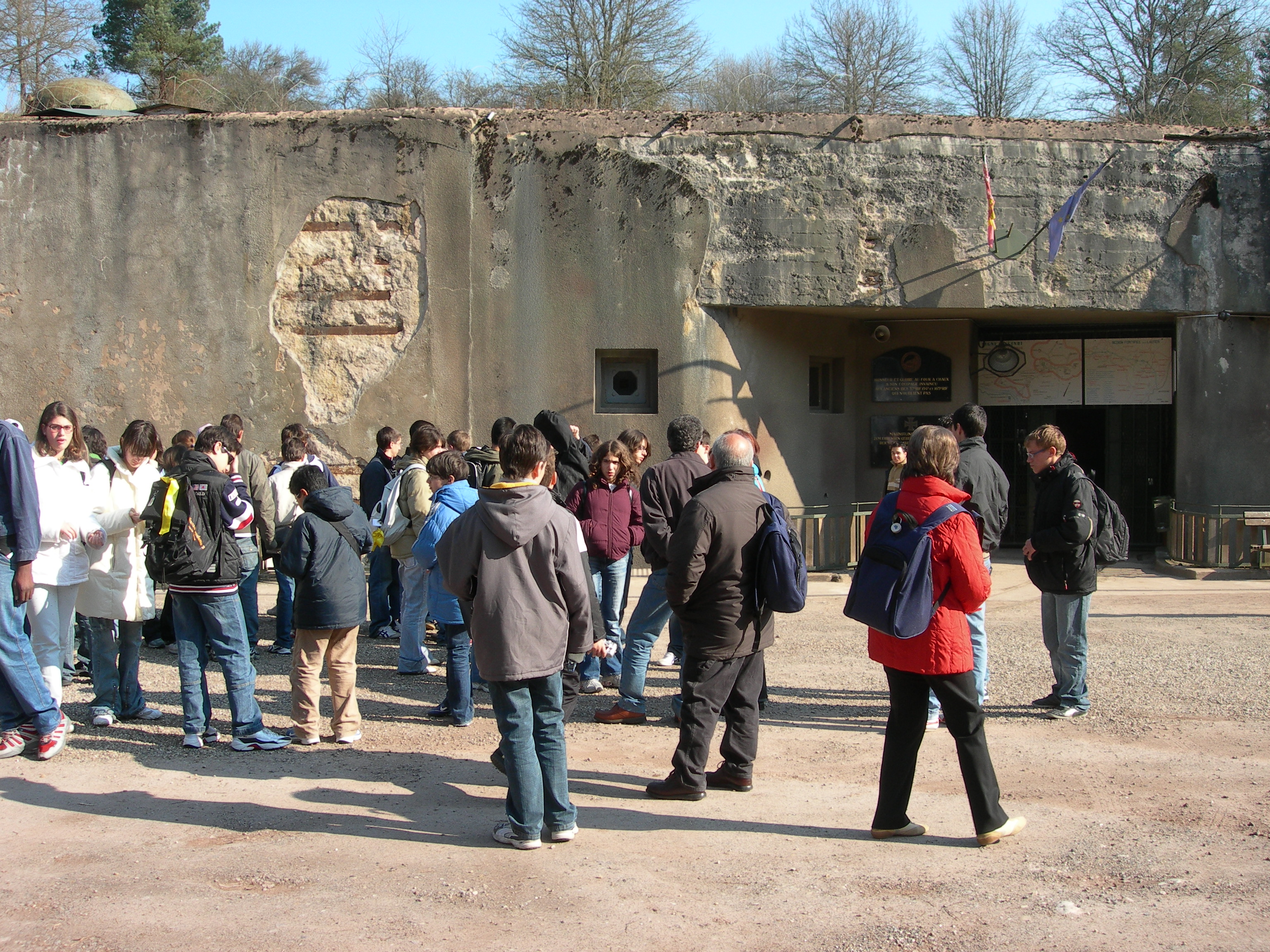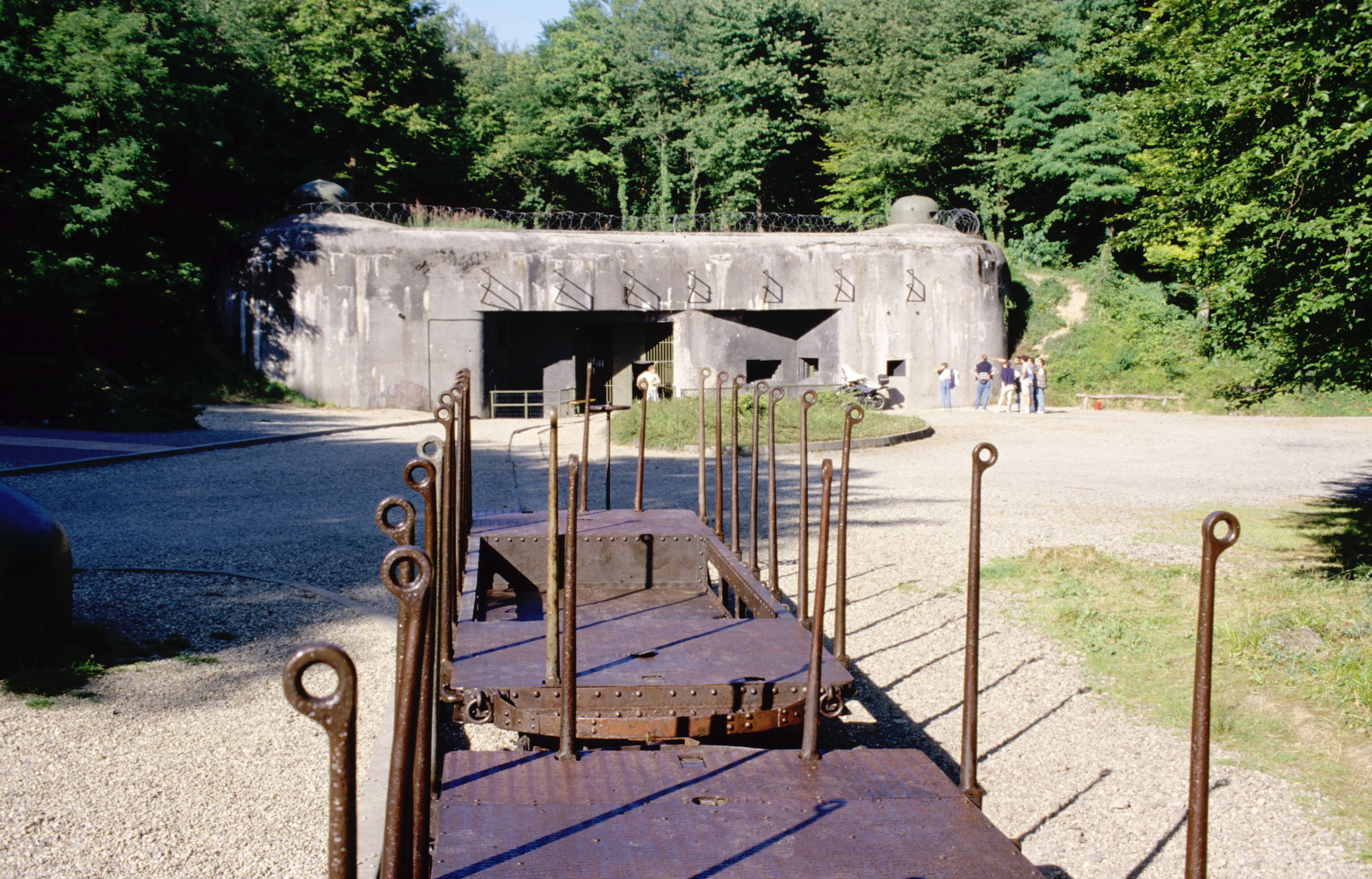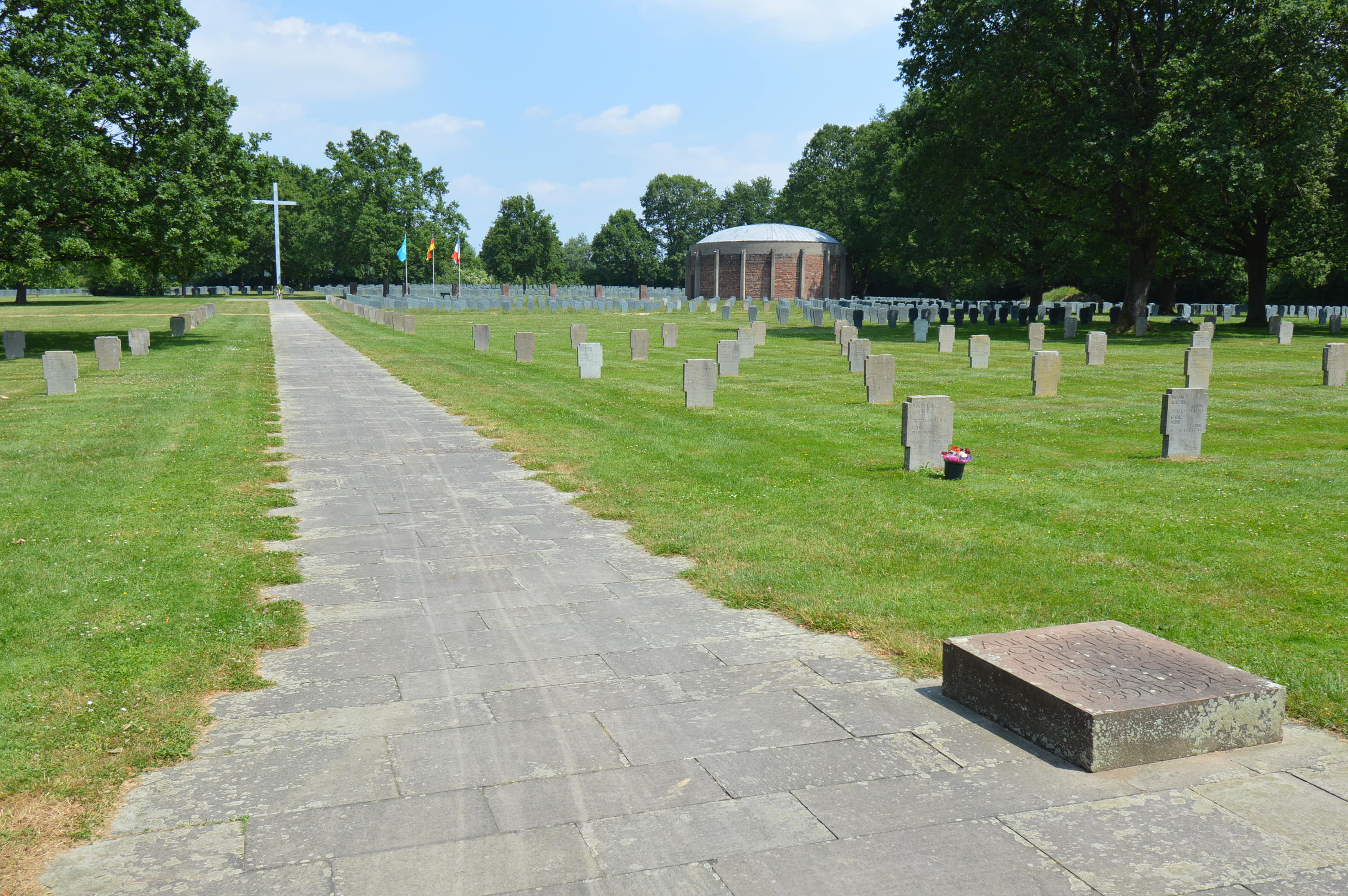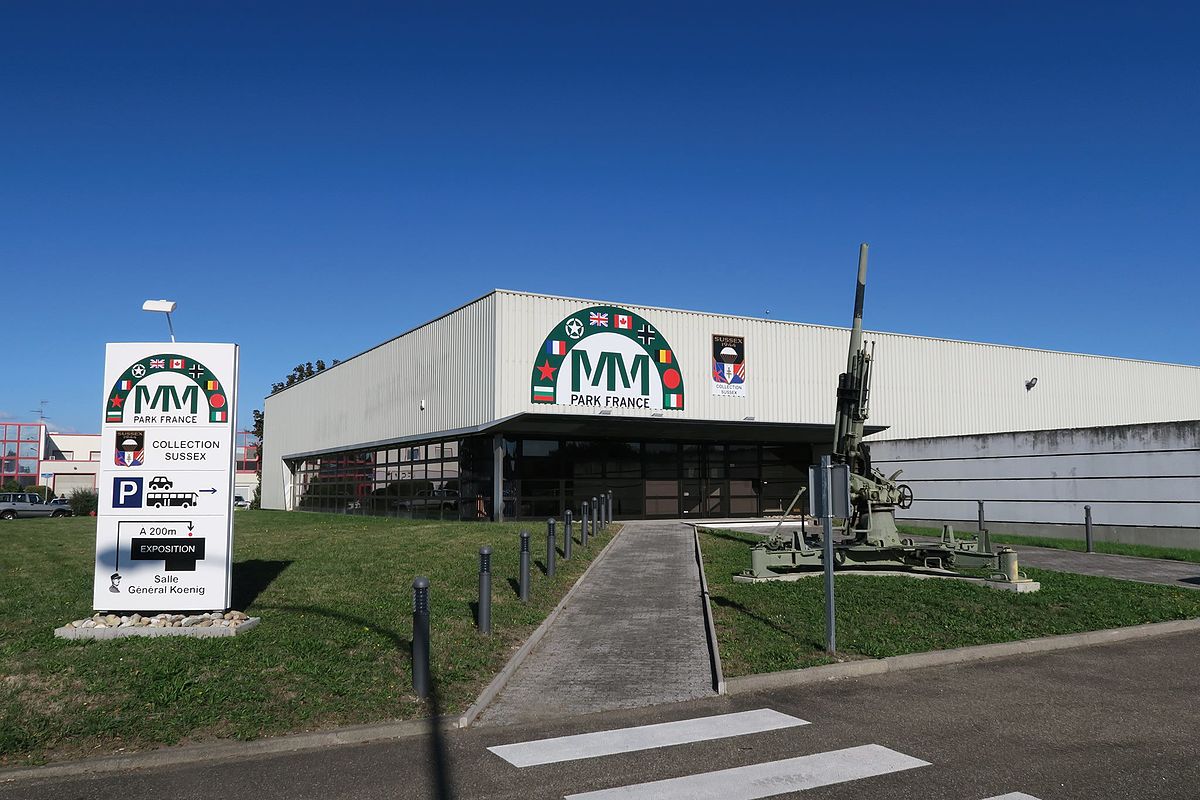
Rough Guides: Travel the Liberation Route Europe is a travel guide dedicated to remembrance sites and itineraries all over Europe.
Order your Rough Guides now!Alsace is home to a large number of historical places commemorating the rich history of the Second World War. The British, the French, and the Americans first liberated the northern part of Alsace in November 1944. Here you can visit the German military cemetery and the Albert Schweitzer Centre in Niederbronn-les-Bains, as well as a series of fortifications of the former Maginot Line (1929-1940). This is the strongest line of fortifications in Europe; it includes a Lime kiln in Lembach, a blockhouse in Hatten, the Memorial Museum of the Maginot Line in Marckolsheim and the Casemate Memorial of Southern Alsace in Uffheim.
You can explore the MMPark exhibition in La Wantzenau and the European city of Strasbourg, liberated on 23 November 1944, which was a major moment in the war. Continue your visit to the Alsace-Moselle Memorial in Schirmeck and the Centre Européen du Résistant Déporté (European Centre of Deported Resistance Members), built on the site of the former Struthof concentration camp.
Near Colmar, you can see the National necropolis in Sigolsheim, where 1,684 soldiers who died in 1944 are buried, or learn about the heavy fighting that took place in the area in January-February 1945 at the Musée des Combats de la Poche de Colmar (Memorial Museum of the Battles of the Colmar Pocket) in Turckheim. By 9 February, after the battle of Colmar, all German troops west of the Rhine were forced into Germany, and Alsace was liberated. These last parts of Alsace were also the last parts of France to be liberated.
Start your visit in Northern Alsace, at the Maginot Line Museum and Fort of Schoenenbourg, which are the largest artillery fortifications along the Maginot Line in Alsace (3 kilometers of galleries located 30- meters underground). Continue with the Four-à-Chaux (Lime kiln) in Lembach and visit the German military cemetery and the Albert Schweitzer Centre in Niederbronn-les-Bains. Here the permanent exhibition ‘Fates of War’ tells the stories of twelve victims of WWII. End the day at the Shelter Museum and Esch Casemate in Hatten.
Day 2Travel south towards La Wantzenau and check out the MMPark exhibition and its collection dedicated to WWII, where hundreds of mannequins, armoured vehicles, trucks and more are on display. Head further south to visit Strasbourg, one of the capital cities of Europe. In March 1941, General Leclerc made his men swear an oath after the battle of Kufra that they would not lay down their arms until the French flag flew over Strasbourg Cathedral. This oath was fulfilled on 23 November 1944 and the liberation of Strasbourg marked one of the highlights of the liberation. While in Strasbourg be sure to visit the Louise Weiss Museum, the European Parliament, the Council of Europe, the European Court of Human Rights, or the Lieu d’Europe.
Day 3Start day 3 with a visit to the Memorial of Alsace-Moselle in Schirmeck. Using immersive and vibrant scenography, films, documents and decorations, this memorial unveils the history of these regions from 1870 to the present day, notably during WWII. A short distance to the south, near Natzwiller, you can visit the Centre Européen du Résistant Déporté (European Centre of Deported Resistance Members) built on the site of the former Struthof concentration camp. Open since November 2005, the Centre is a testimony to the history of the former camp.
Day 4Head to the Memorial Museum of the Rhine Maginot Line. Located in Marckolsheim, the museum commemorates the fierce fighting of 15, 16 and 17 June 1940, which resulted in the destruction of over 80% of the town. Here you are close to the Rhine that forms the border with Germany. Continue with a visit to the Croix du Moulin in Jebsheim where fierce fighting took place in January 1945 and where Reichsführer Himmler himself placed his most trained troops. Spend some time in the nearby storybook town of Colmar, capital of the Alsace wines, with traditional houses, canals, floral displays, refined cuisine and the Hansi Museum that exhibits the finest works of Hansi, a popular artist famous for his anti-German satire.
Day 5Drive along the Alsace Wine Route and stop at the National Necropolis of Sigolsheim (national cemetery). Further south, in the heart of Turckheim, visit the Memorial Museum of the Colmar Pocket warfare, which offers a testimony of the events that took place in the area during the 2-month long battle during the winter of 1944-1945.
Day 6Travel south to discover the Ecomusée d’Alsace (little half-timbered houses on the prairie, and Mulhouse, the Cité de l’automobile (with the Schlumpf Collection, this is the most prestigious automobile museum in the world), the Museum of Printed Textiles and other unique museums. Travel towards Uffheim where you can explore the Casemate of Aschenbach, an interval infantry casemate of the Maginot Line, composed of two firing chambers. Between 1990 and 2005, the casemate was restored by the Ligne Maginot Memorial Association of Haute-Alsace.
Day 7Visit the Serret Museum in Saint-Amarin, which is located in a building dating from 1912 and houses one of the largest collections of weapons and equipment from WWI. The museum also includes an important section devoted to WWII, featuring weapons and documents describing the German occupation and resistance. You will enjoy discovering the Sundgau region, bordering Switzerland and Germany. This concludes the tour of the main sites of the liberation of Alsace.

